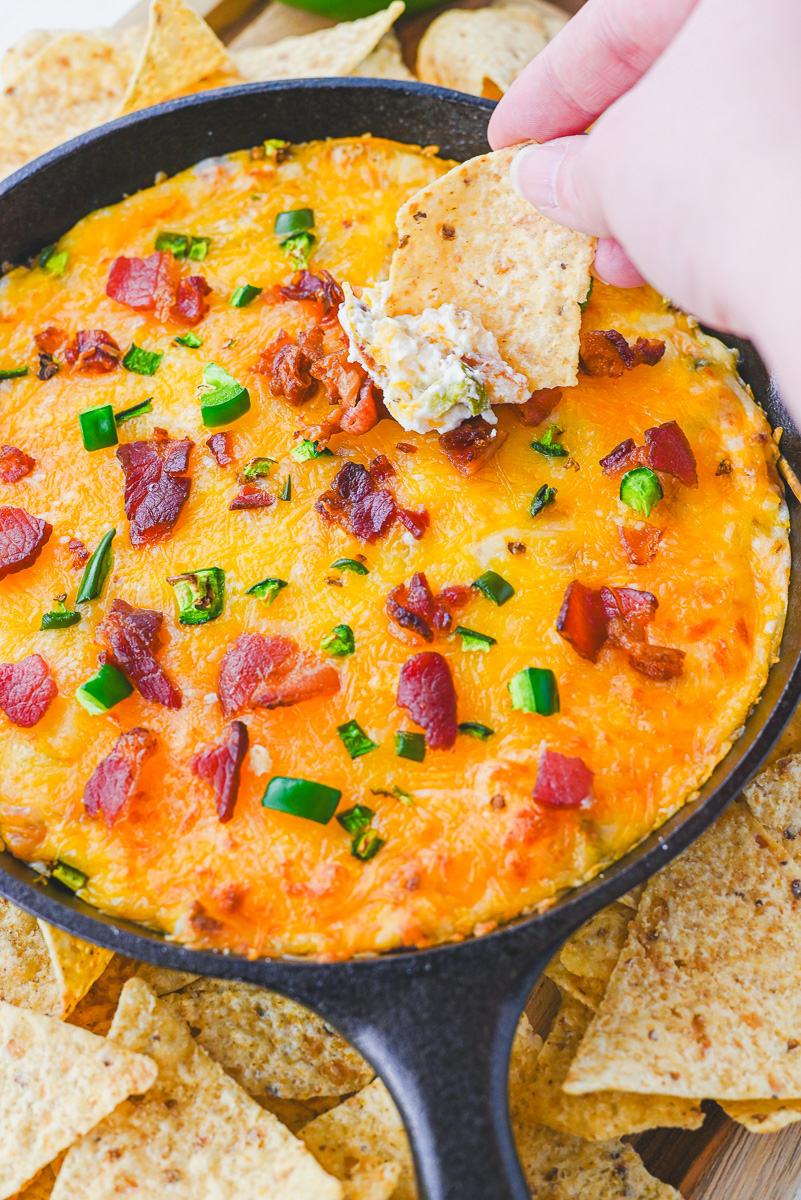Millions of Americans Could Lose Food Aid If a Shutdown Happens

A government shutdown might sound like a political problem, but for millions of Americans, it could mean something much more immediate: hunger. Programs that keep food on the table for low-income families are on the verge of running out of funding. Without swift action in Washington, a lapse in government operations could disrupt assistance for millions of households across the country.
SNAP, WIC, and other nutrition programs are not just numbers in a budget. They are lifelines for families, seniors, and children. As the clock ticks toward a potential shutdown, the question is no longer whether government workers will get paid on time, but whether vulnerable Americans will be able to eat.
Food Assistance Programs at Risk

When Congress fails to pass funding legislation, agencies like the Department of Agriculture lose authority to distribute money. That directly threatens programs such as the Supplemental Nutrition Assistance Program (SNAP) and the Special Supplemental Nutrition Program for Women, Infants, and Children (WIC).
SNAP
SNAP, the nation’s largest food-assistance initiative, supports roughly 42 million Americans. The USDA has warned that contingency funds will not be enough to cover full November payments if a shutdown occurs. Many states have already been told to prepare for disruptions as early as the first week of the lapse. The financial gap runs into billions of dollars and would immediately impact households that rely on the benefit for groceries each month.
Food banks and pantries, already under strain, expect an overwhelming surge in demand if SNAP benefits stop temporarily. They typically receive a noticeable increase in visitors within days of any delay in payments. Without additional federal support, some may have to ration supplies or shorten operating hours.
WIC
WIC serves over six million pregnant women, infants, and children under age five. It provides vouchers for nutritious food, baby formula, and basic health services. But the program does not have the same funding guarantees as SNAP. Its reserve funds could run out in just one to two weeks after a shutdown begins.
Some states plan to tap emergency accounts to keep WIC benefits flowing, but many simply do not have the resources. Families would face difficult choices about feeding young children, with some parents already rationing formula and skipping meals to make supplies last longer.
The Groups Most Impacted
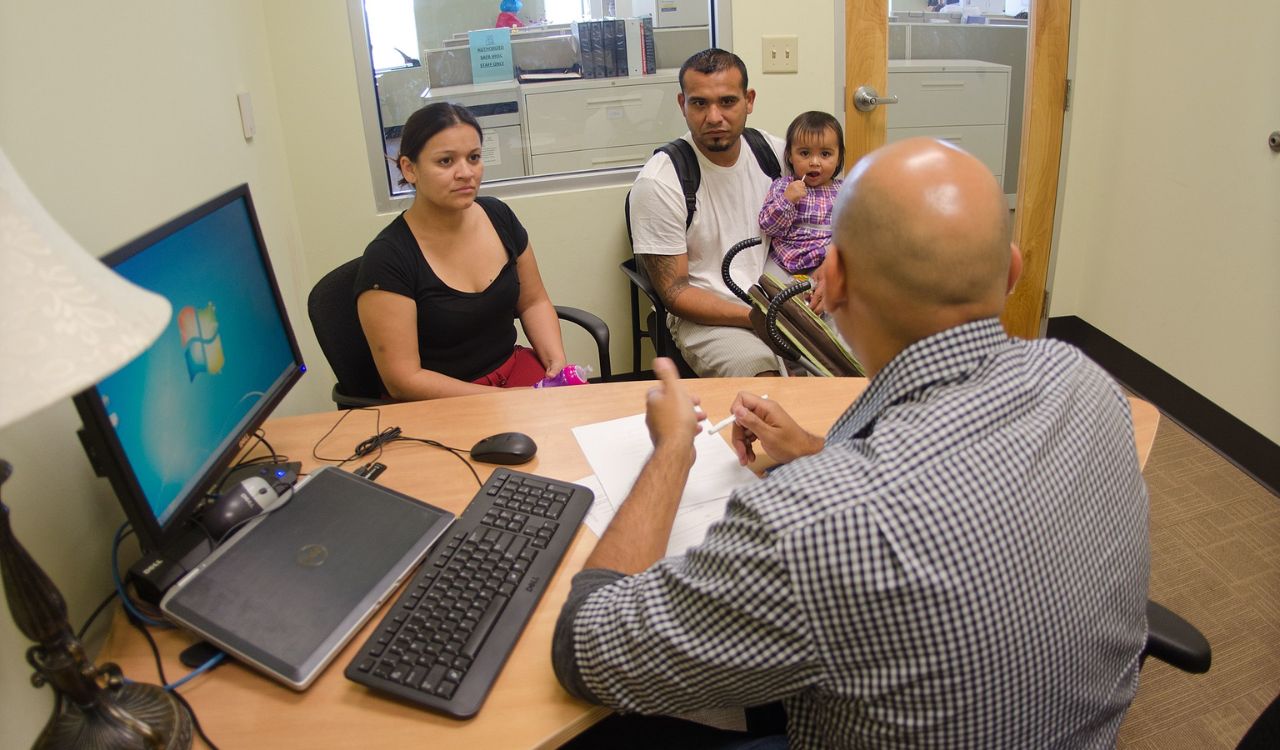
Families with Young Children
Families with infants and toddlers face the sharpest impact. WIC’s targeted support covers essential items such as milk, cereal, baby food, and produce. Without it, these families would turn to cheaper, less nutritious alternatives. Past disruptions have shown that even short gaps in benefits lead to increased rates of food insecurity and health complications among children.
Seniors and People with Disabilities
Many older Americans and those living on disability income use SNAP to stretch fixed budgets. Losing benefits even briefly can push them toward hunger or force them to choose between food, rent, and medication. With inflation still keeping grocery prices high, these households have little margin to absorb a missed payment.
Rural and Low-Income Communities
Rural areas often depend on small grocery stores that accept federal benefits. When SNAP transactions stop, those businesses lose significant income. The interruption affects not only families but also local economies that rely on consistent food-assistance spending. Each dollar in SNAP benefits generates roughly $1.50 in economic activity, meaning any suspension hurts both recipients and retailers.
State Efforts and Federal Limitations
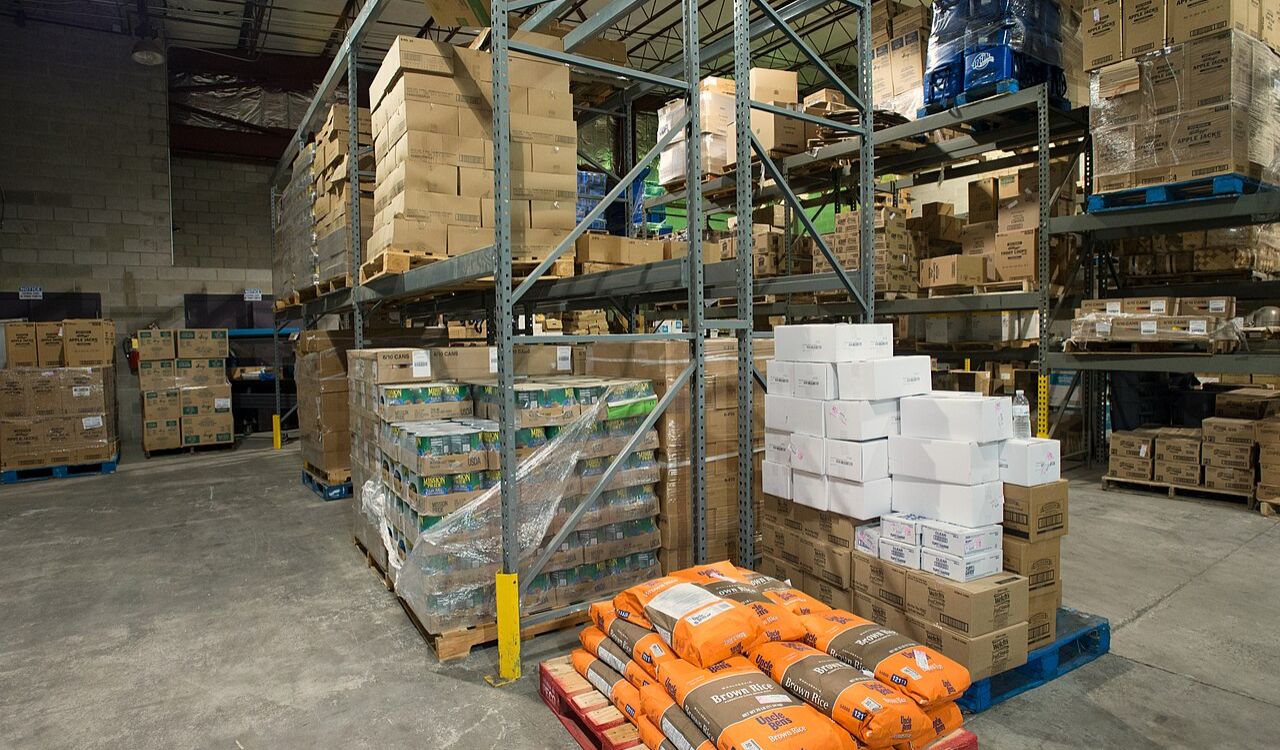
State-Level Stopgaps
A few state governments are preparing emergency measures. Virginia and Hawaii, for example, have announced they will use limited funds to temporarily sustain benefits. But these plans are short-term and depend on how long the shutdown lasts. Most states cannot legally or financially replace federal nutrition funding for more than a few weeks.
USDA Contingency Funds
The USDA holds a $5 billion contingency reserve for SNAP, but that amount is insufficient to cover even one month of full benefits nationwide. Once those funds are spent, benefits will stop until Congress authorizes new spending. The agency has instructed states not to issue early payments in anticipation of delays, warning that doing so could create deeper funding holes later.
Political Gridlock
At the center of the problem is a divided Congress. Budget negotiations have stalled repeatedly, and several temporary measures have failed to pass. Lawmakers on both sides acknowledge the stakes, but disagreement over spending priorities has left millions waiting for certainty. Every additional day of inaction increases the likelihood that benefits will lapse in November.
The Broader Economic Ripple Effect
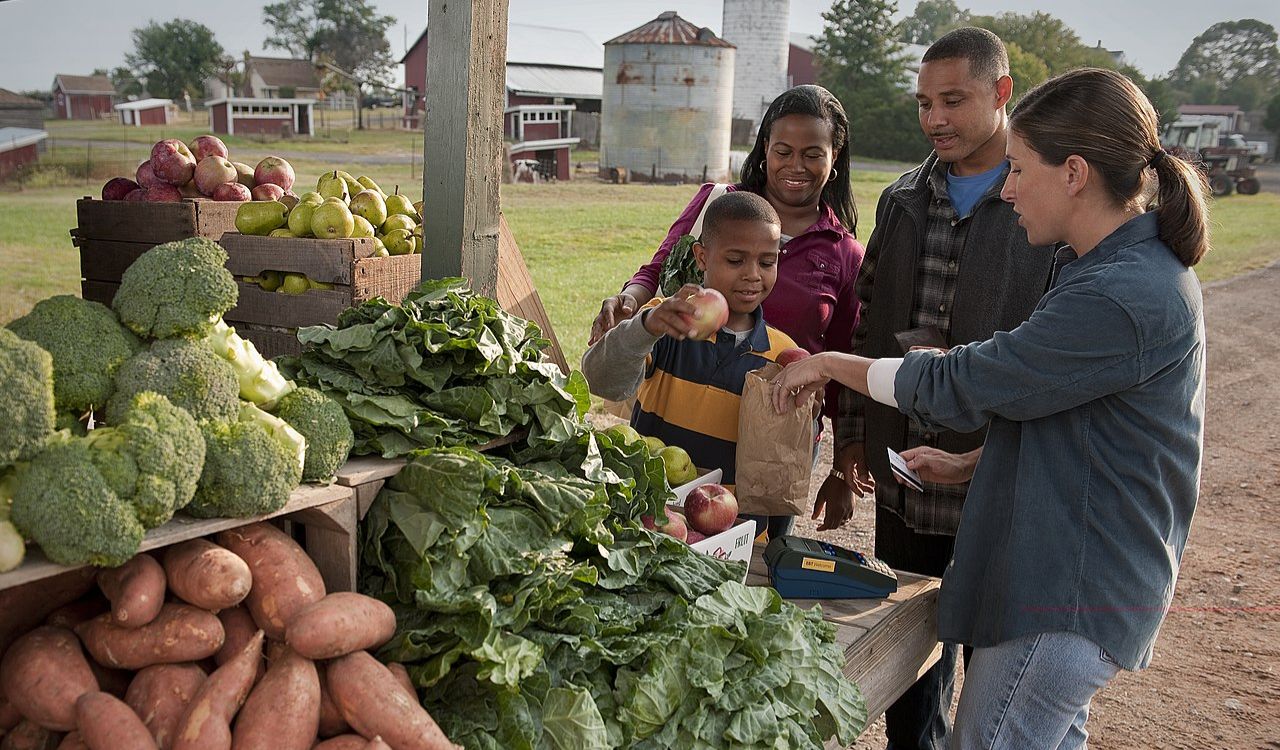
A shutdown of this scale affects far more than households receiving aid. SNAP and WIC distribute billions of dollars monthly into grocery stores, farms, and food manufacturers. When those payments stop, retailers lose customers, and producers see reduced orders.
Economists estimate that a full federal shutdown could trim U.S. GDP growth by up to two percentage points in the fourth quarter if prolonged. While that projection includes other sectors, food-assistance funding is one of the most immediate and widespread channels for federal spending in local communities.
Small grocers in rural towns, many of which already operate on thin profit margins, could see steep revenue declines. In large cities, food pantries and nonprofit kitchens anticipate record traffic if benefits are interrupted. Those facilities often rely on volunteers and donations that may not keep pace with demand.
Human Consequences Beyond the Numbers
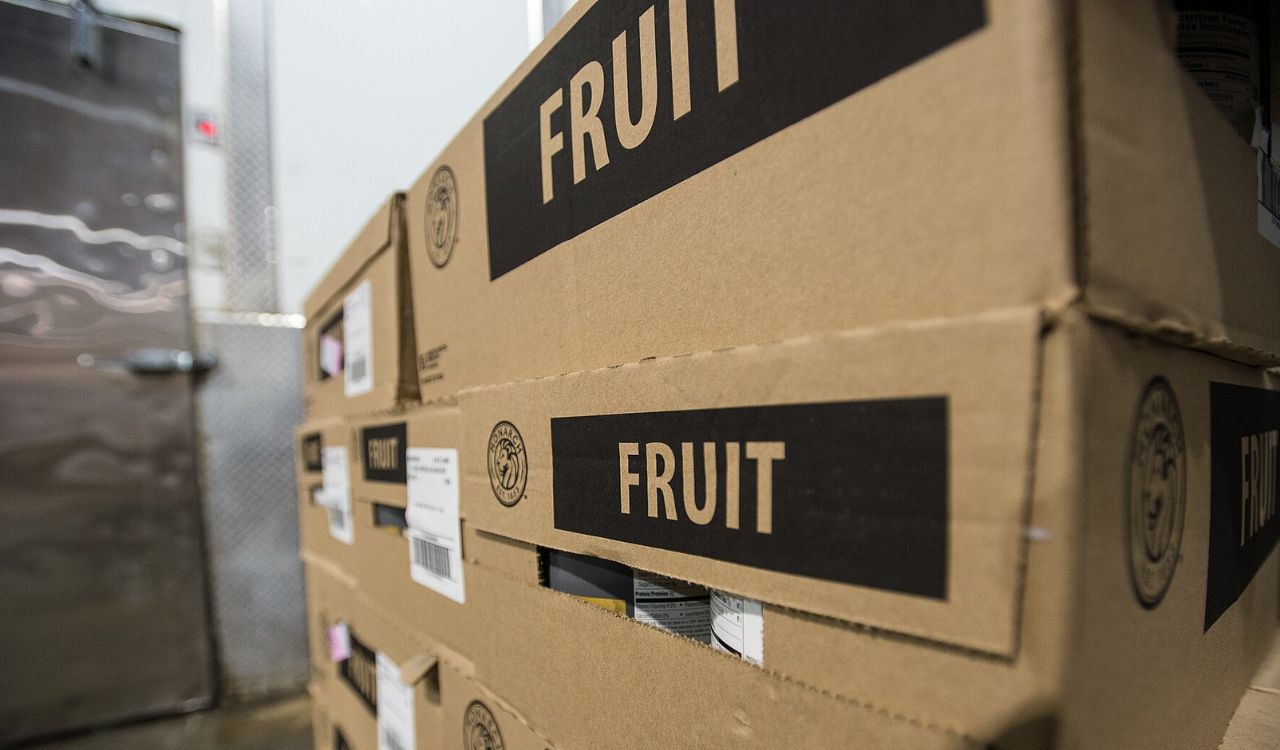
Nutrition and Health
When families lose access to federal food programs, their diets change almost overnight. Fresh produce, meat, and dairy are replaced by inexpensive processed foods that are higher in salt and sugar. Studies link these shifts to long-term health effects, including higher rates of childhood obesity and nutrient deficiencies.
Mothers who rely on WIC for formula and fortified foods risk losing access to critical nutrition during pregnancy and postpartum recovery. Health experts warn that any break in benefits for this population can have lasting developmental consequences for children.
Psychological Stress
The fear of losing access to food is a powerful stressor. For low-income households, even rumors of benefit delays can trigger panic buying, hoarding, or skipped bills to stock up before aid stops. Psychologists note that food insecurity is closely tied to anxiety, depression, and lower school performance among children.
Erosion of Trust
Once programs halt, many recipients fall out of the system altogether. Some miss recertification deadlines or lose confidence that benefits will return reliably. That makes future outreach more difficult and undermines public trust in essential safety nets.
How Households Can Prepare
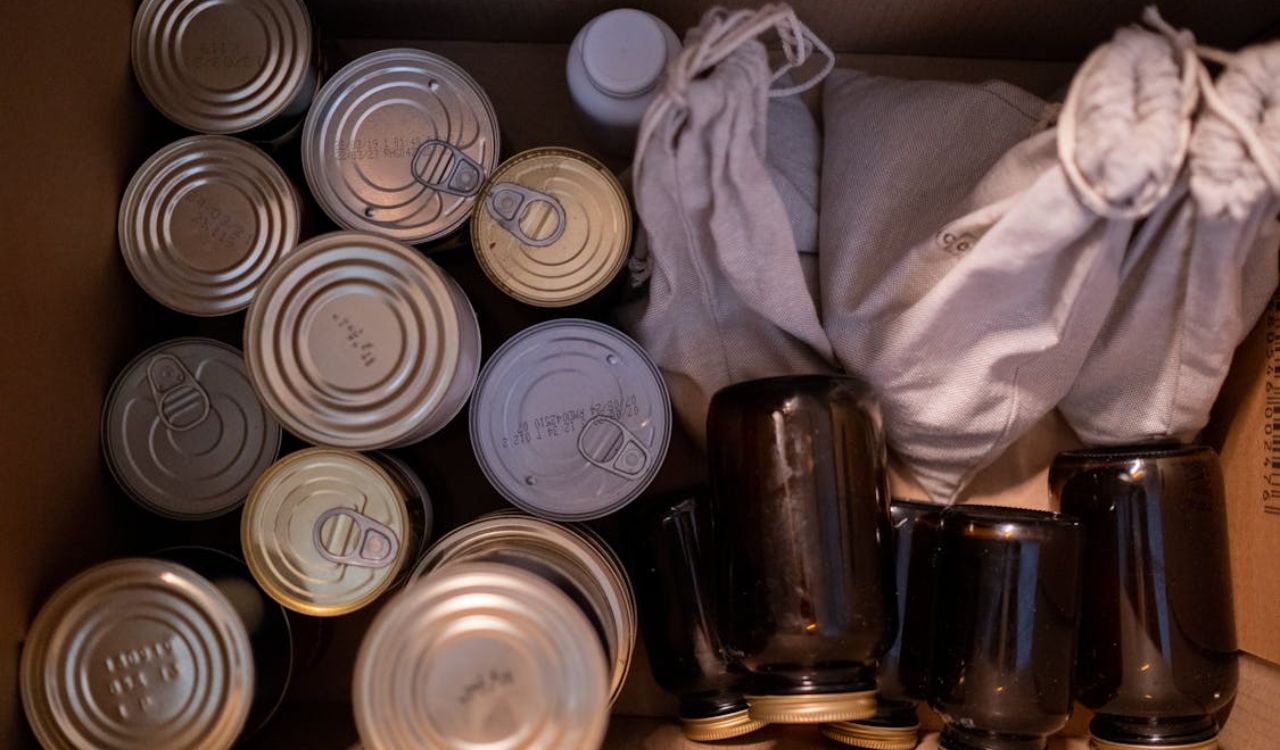
While federal solutions lie in the hands of lawmakers, individuals can take small steps to brace for disruption.
- Check benefit schedules: Confirm your state’s SNAP or WIC issuance dates to understand when benefits are next due.
- Build a short-term pantry: Stock up on shelf-stable items such as rice, beans, oats, canned vegetables, and peanut butter.
- Seek local resources: Many community centers and food banks expand hours during funding lapses.
- Track your spending: Keep receipts to help verify benefits once payments resume.
- Communicate with case workers: Some states may offer emergency vouchers or connect you to temporary food assistance programs.
The Urgency of Action
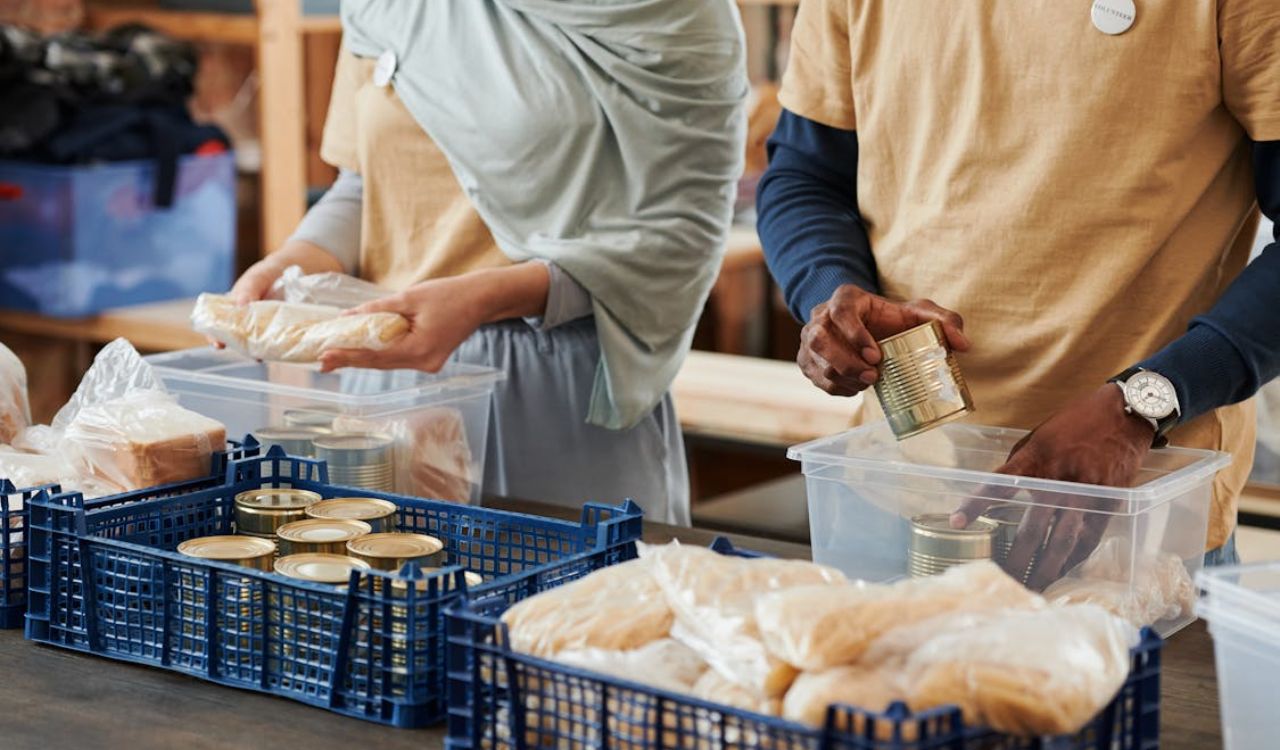
Millions of Americans rely on SNAP and WIC not as a luxury, but as a basic necessity. Roughly one in eight people in the country depends on federal food assistance in some form. Allowing these programs to lapse would not only worsen hunger but also deepen inequality and strain local economies that depend on consistent aid circulation.
The longer Congress delays, the more widespread the consequences will become. This crisis reveals how fragile food security can be when politics override public welfare. The coming weeks will determine whether those families see food in their pantries or face another painful gap.
References
- USDA memo says it will not use emergency funds for November food benefits- Reuters.com
- Trump administration says it won’t tap emergency funds to pay food aid- Politico.com
- Government shutdown threatens food aid program relied on by millions of families- APNews.com
- WIC funding could run out in weeks, as government shuts down- TheWashingtonPost.com
- Government shutdown live updates as senators express cautious optimism about talks- CBSNews.com




